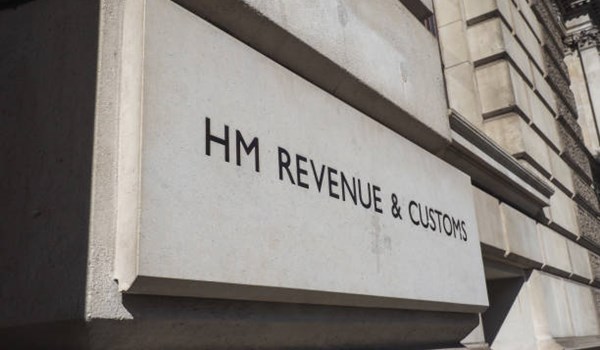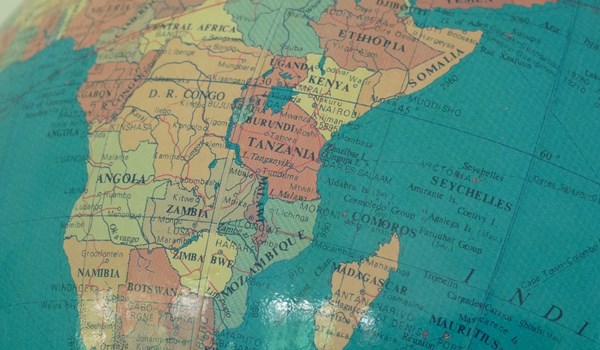The EU carbon border adjustment mechanism, or CBAM, represents a significant step in global efforts to address climate change. It’s been introduced in a transitional phase which started on Oct. 1, 2023, and a full implementation phase starting from January 2026.
Its primary objective is to ensure a level playing field for European companies that pay for their greenhouse gas emissions by placing them on equal footing with non-EU importers. However, it’s possible that some producers will redirect their low-carbon exports to Europe but divert carbon-intensive products to other regions, calling into question the CBAM’s effectiveness.
There are also questions around potential CBAM implications for developing and emerging economies.
The introduction of the EU CBAM has also prompted non-EU jurisdictions to consider implementing equivalent measures and domestic pricing of carbon—emission trading schemes or taxation. For countries that export extensively to the EU, governments may be incentivized to introduce a domestic carbon price to capture revenues that would soon otherwise be paid to the EU.
Issues for Producers
Non-EU producers are being incentivized to decarbonize their operations as a condition of taking advantage of openings in the newly created EU low-carbon markets.
Emission-intensive manufacturers such as steel exporters, refineries, and cement producers will come under increasing competitive pressure caused by the costs levied by the EU’s CBAM regime. This may result in declining sales, reduced margins, and lowered corporate value.
Enterprises scoring lower on environmental, social, and governance-related criteria could also eventually face higher financing costs. In addition, businesses are facing increasing ESG-related reporting obligations, supply chain due diligence requirements, and potential criminal sanctions for ecocide.
A business’s tax department may not be the driving force of CBAM compliance, but it will be a significant contributor and collaborator. Activities can include working with other parts of the business on timely compliance and reporting, mapping out potential tax implications in the case of sourcing or other supply chain changes, or entity realignment.
EU Approach Questioned
Several emerging and developing countries have questioned the EU’s approach. At the World Trade Organization’s Thirteenth Ministerial Conference, held in Abu Dhabi Feb. 26-29, a group of 66 countries called on the EU and other countries to refrain from the “imposing of unilateral trade-related environmental measures that create unnecessary obstacles to trade or arbitrary or unjustifiable discrimination between countries.”
One of the criticisms is the lack of exemptions or phased implementation for the least developed countries, or LDCs. Such measures have been accepted practice as part of other trade regimes through the EU’s Everything but Arms initiative, which provides duty-free and quota-free access for exports from LDCs to the EU.
Asia-Pacific. The EU CBAM is poised to significantly reshape the economic landscape in developing Asia-Pacific countries.
A 2023 study highlights multifaceted implications, including a potential reduction in exports, with sectors such as metal products experiencing a decline of minus 0.29%, and steel facing a minus 1.49% decline globally. South and Central Asia emerge as the focal points for substantial declines in exports, underscoring the potential trade disruption for economies that heavily rely on these sectors.
A February 2024 study from the APAC region reveal that middle-income economies are particularly susceptible to the CBAM’s effects. For instance, China, being more emissions-intensive in production and lacking carbon pricing measures, faces a relatively higher CBAM price impact. This study predicts a sharp decline in Chinese exports to the EU, with a potential rebound effect on exports to Africa.
Africa. A joint study by the African Climate Foundation and the Firoz Lalji Institute for Africa at the London School of Economics and Political Science highlights potential reductions in trade levels and GDP loss for African countries.
The EU accounts for 26% of Africa’s exports of fertilizer, 16% of iron and steel, 12% of aluminum and 12% of cement. However, the CBAM will see exports decrease. While the CBAM is expected to have a moderate impact on the economies of African countries, the loss of revenue is particularly significant in low-income contexts, such as for Gambia and Mauritania.
In contrast, high-income countries are anticipated to experience lower CBAM prices. The impact on developing and emerging economies can’t be ignored given the potential trade disruptions, GDP loss, and revenue challenges.
Future Challenges
As the EU moves forward with implementation, it will need to explore mechanisms to support sustainable development in developing country trading partners, for example through the EU’s Aid for Trade program, while aligning with overall climate goals.
When the EU CBAM was under development, members of the European Parliament stressed that revenue generated by the sale of CBAM certificates starting in 2026 should go to the EU budget and provide financial support to efforts by the LDCs’ manufacturing industries to decarbonize. It remains to be seen what a redistribution of CBAM revenue to LDCs will look like.
There’s also a practical timing challenge. Revenue from CBAM certificates could only be distributed following their collection from 2027 onward, and implementing decarbonization technology isn’t a quick exercise. Producers in high-emissions countries may therefore suffer an initial loss of competitiveness, until decarbonization measures—partly funded by the EU—provide an improved competitive situation in subsequent years.
The EU and affected countries will need to collaborate to find equitable solutions that balance the EU’s environmental objectives and the economic impact.
Outlook for Businesses
Businesses trading with the EU should ensure their international strategies take into account the EU’s CBAM regime and other potential equivalent measures.
Grants and incentives, such as the EU Innovation Fund, can help to accelerate decarbonization efforts in impacted countries and reduce overall associated costs. Collaborating within wider industry innovation ecosystems and increasing use of renewable technologies can also play an important role.
The interplay of emissions intensity, production technology, implicit taxes, and trade dynamics underscores the need for tailored strategies and policies that ensure a fair transition toward a low-carbon future.



